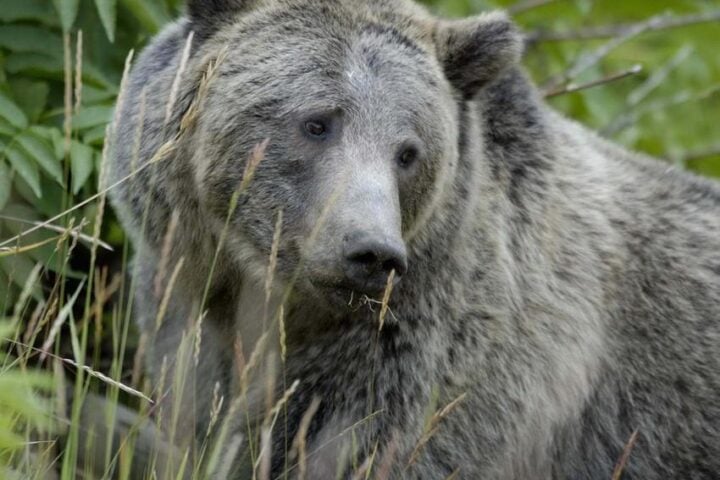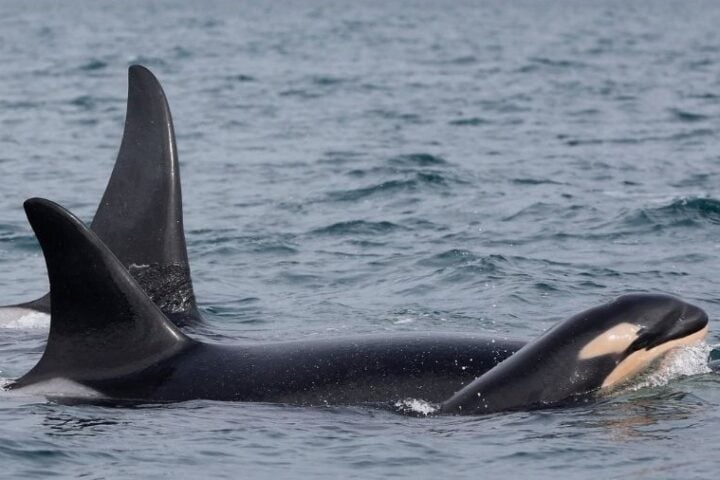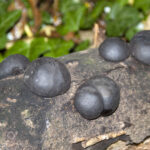There are many sensational stories about Chernobyl mutant spiders, radioactive frogs, & giant catfish. Apart from the tales, there are many species still living in & around Chernobyl, which is still radioactive. Nobody knows about the long-term effects of radiation exposure in the natural environment. A rare opportunity is provided by the animals in Chernobyl’s.
to uncover more insight through scientific analysis. Levels of two radioactive isotopes (Celsius-137 & strontium-90) in some of the lakes at Chernobyl remained higher than the maximum permissible level for human consumption, even after 30 years of the Chernobyl nuclear accident and hence current animal life includes a gigantic catfish.
In 1975, the Chernobyl cooling pond was created to transfer heat from the nuclear reactors to the air. Fish were killed, & radioactive sediment was caused by contamination immediately after the nuclear accident. The cooling pond has become a home for the giant catfish known as Wels catfish. Generally, Wels catfish are extremely large, but anything over 6.5 feet long is considered very rare. It’s speculated as to whether the radiation is a contributing factor to the abundance of extra-large fish at Chernobyl.
A study conducted in 1996 on the catfish found that the fish in the cooling pond exhibited genetic damage related to the concentration of caesium-137. However, a newer study conducted in 2018 did not find a positive correlation between radiation exposure level & chromosomal damage in the catfish in the cooling pond.
But the latest study found morphological changes in the reproductive systems of fish in the Lakes of Chernobyl. A high level of fish with undeveloped gonads was found in two highly contaminated lakes. In order to create a more robust understanding of the effects on the genetic systems, in addition to any possible correlation between the radiation & the size of the catfish in the Chernobyl cooling pond, further analysis would be needed.







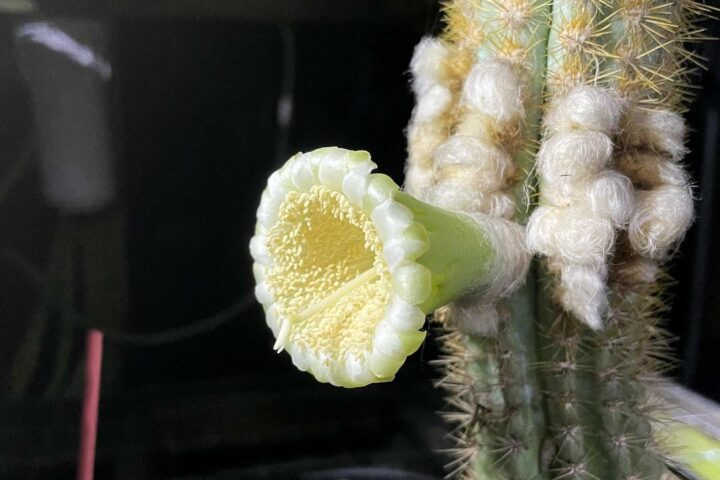
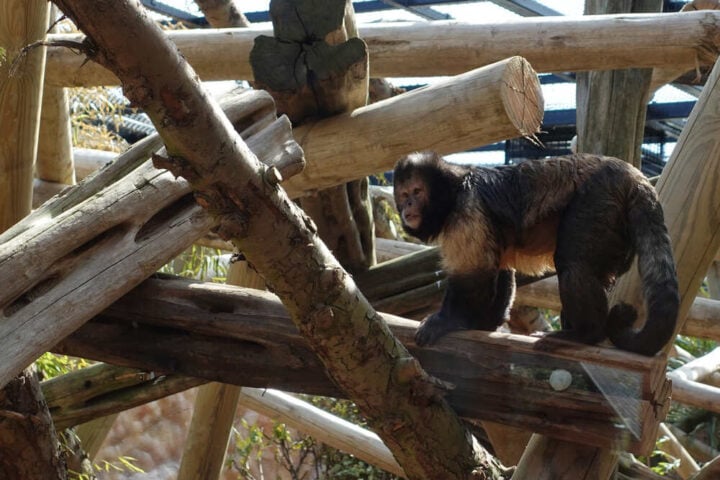



![Representative Image: European Starling [49/366]. Photo Source: Tim Sackton (CC BY-SA 2.0)](https://www.karmactive.com/wp-content/uploads/2025/04/Starlings-Drop-82-in-UK-Gardens-as-Birdwatch-2025-Reveals-Record-Low-Count-Since-1979-720x480.jpg)
